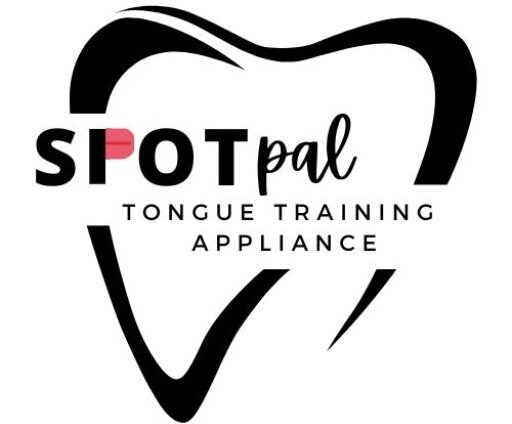Orthodontic Intervention
Why may we need an orthodontic consult and what may it entail?
Typically, we associate going to the orthodontist when nearly all of a child’s adult teeth are in with the goal of straightening those adult teeth. However, consultations with the orthodontist actually should primarily focus on preventative measures rather than only cosmetic in younger children. Dentists are actually monitoring bone structure and placement during appointments to determine the need for intervention. Overall, we want the teeth to be in adequate anatomical positions to sustain proper sleep, breathing, and swallowing functions, not only be cosmetically straight.
Dentists may pay attention to the architecture of the teeth to watch for possible tongue thrusts and improper tongue resting posture. A tongue thrust and improper tongue posture may present as flared/protruding teeth, a malocclusion, and pushing the tongue forward. Even before referring to the orthodontist, the dentist will typically recommend myofunctional therapy to target the root problem. Without discussion between these fields, there may be what looks like productive treatment that doesn’t actually target the primary structural component. If baby teeth need to be moved, it is to facilitate room for adult teeth as a form of preventative work. Structural changes are also completed for preventative purposes to prevent possible subsequent damage from any compensatory or abnormal movements or actions. For example, if an orthodontist only provided an appliance to help with a tongue thrust without any intervention, once the appliance is removed, the tongue will likely return to its previous movements. This is why without the speech language pathologist or myofunctional therapist to retrain the swallow, any changes are less likely to hold.
Parents and patients should also know that there is no maximum age to adjust and begin intervention. This is important because symptoms of these non typical muscular positions and actions present differently at different ages. Adjustments should be made to make a difference in current symptoms and may prevent different ones from arising.
At Spot Pal, our team of trained specialists can also assist you in determining which customized version of Spot Pal will best suit your specific needs. Your customized version of Spot Pal can help with proper oral resting posture (tongue and lip placement), nasal breathing, sucking/nail biting habits, teeth grinding/clenching, snoring, tongue thrusting, speech sounds, and TMJ. Many of these symptoms overlap with orthodontic care, which promotes a holistic approach to change what the muscles in the mouth are doing! Like orthodontic intervention, there is no maximum age to utilize a Spot Pal. Spot Pal is a great tool for pre or post orthodontic treatment. In fact, using Spot Pal prior to or after orthodontic intervention will aid in maximizing retention of treatment!
